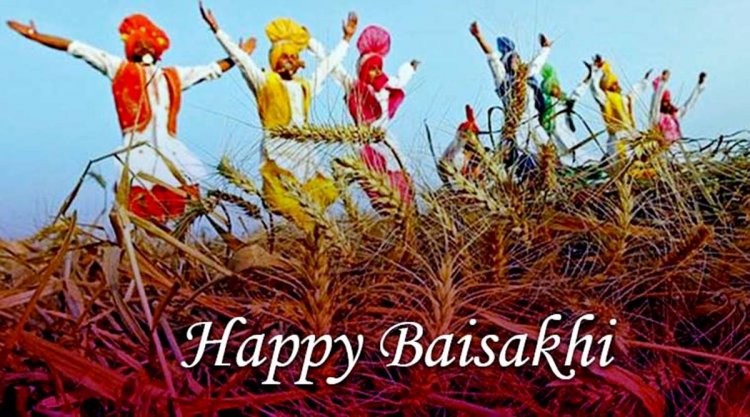Baisakhi: Its Significance And Rituals

Baisakhi – the harvest festival and new year of Punjab has really interesting significance. It is mostly observed by Punjabis and Sikhs. It is also known as Vaisakhi or Vaisakhi and is one of the three Hindu festivals chosen by Guru Amar Das to be celebrated by Sikhs.
This day also has astrological importance. Khalsa was the name of the collective body of all the initiated Sikhs, represented by the Five Beloved-Ones (or the Panj Piare in Punjabi). It can also be called the Guru Panth, the embodiment of the Guru.
Astrologically, the date of Baisakhi is significant and important as it marks sun’s entry into Mesh Rashi hence it is also termed as ‘Mesha Sankranti’.
This day is also significant for the Hindus as it was on this day in 1875 that Swami Dayanand Saraswati founded the Arya Samaj – a reformed sect of Hindus who are devoted to the Vedas for spiritual guidance and have discarded idol worship.
This day is also known as ‘Naba Barsha’ in Bengal, ‘Puthandu’ in Tamil Nadu, ‘Rongali Bihu’ in Assam and ‘Vaisakha’ in Bihar.
Baisakhi day is relevant in another way as well for the Buddhists as Gautama Buddha attained enlightenment and Nirvana on this auspicious day.
Rituals observed on this day:
On this day people wake up early in the morning and take bath in the Holy rivers. The farmers thank Mother Nature and worship her for the resourceful harvest.
In South India, it is celebrated in a different way. It witnesses a lot of fireworks, light, and colour. People pray God by keeping a lot of colourful fruits, vegetables, and pulses in a mirror. The young ones are offered with Vishu Kai neettam, which could be just a small rupee coin.
The Keralites also prepare a Sadhya, which is a sumptuous feast with fruits vegetables.
Significance:
During the period around 1650, the Punjab was in turmoil; the rulers were corrupt; there was no rule of law; the rights of the common people were trampled on; justice did not prevail. The strong imposed their will and their way without question; the weak suffered constantly and quietly; there was misery everywhere. It was under these circumstances that Guru Gobind Singh rose to the occasion and chose to create the Khalsa – the pure saint soldier. The Guru was looking for special people within the community who would take on the challenge and rise above the weakness of the common people; to be strong and fearless.
The Guru says the following about the Khalsa:
“Khalsa is my closest friend. Khalsa is my mother, father & my comfort.
Khalsa is my caste & creed. My creation is through the Khalsa.
Khalsa is my haven and storehouse. Because of the Khalsa I am honoured.
Khalsa is my body & spirit. Khalsa is my life & soul.
Khalsa is my total, true Guru. Khalsa is my courageous friend.
Khalsa is my wisdom & knowledge. I will always contemplate for the Khalsa.”
So the tenth Guru chose April and in particular Baisakhi in 1699 to ask for the Sangat (congregation) to make a commitment to the Panth (community) and join his army of Saint Soldier. Their mission was to help in the spread of Dharma and to stop the spread of evil and sin.
No matter how differently every culture celebrates this day, each one of us commonly pray to the higher form to dispel the evil in this world.















































